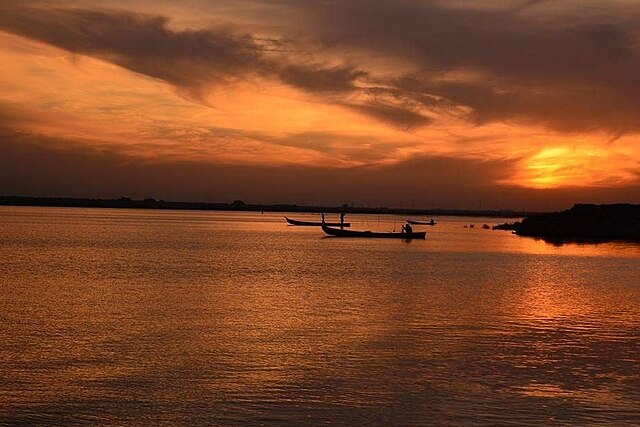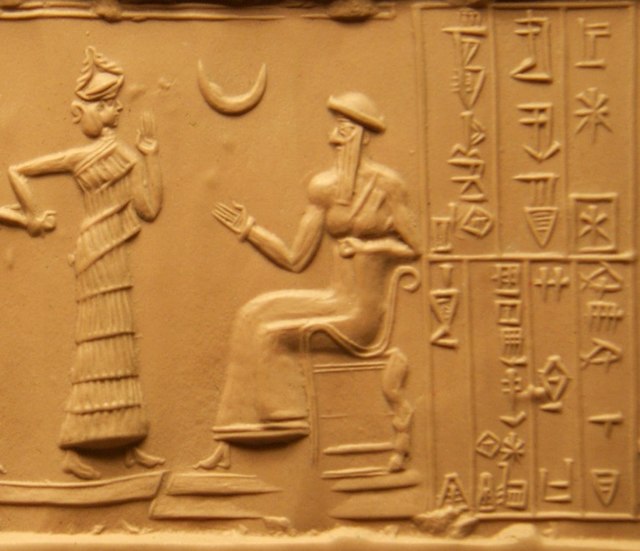Nasiriyah is a city in Iraq. It is on the lower Euphrates, about 360 km south-southeast of Baghdad, near the ruins of the ancient city of Ur. It is the capital of the Dhi Qar Governorate. Its population in 2018 was about 558,000, making it the tenth-largest city in Iraq. It had a diverse population of Muslims, Mandaeans and Jews in the early 20th century; today its inhabitants are predominantly Shia Muslims.
Image: Ziggurat of Ur Inbound 1427286134917083377
Image: اهوار العراق . الجبايش 01
Image: هذه الصورة لجسر الحضارات في محافظة ذي قار جنوب العراق
Image: Naserya kornish
Ur was an important Sumerian city-state in ancient Mesopotamia, located at the site of modern Tell el-Muqayyar in south Iraq's Dhi Qar Governorate. Although Ur was once a coastal city near the mouth of the Euphrates on the Persian Gulf, the coastline has shifted and the city is now well inland, on the south bank of the Euphrates, 16 km (10 mi) from Nasiriyah in modern-day Iraq. The city dates from the Ubaid period c. 3800 BC, and is recorded in written history as a city-state from the 26th century BC, its first recorded king being King Tuttues.
The name 𒋀𒀊𒆠 URIM5KI for "Country of Ur" on a seal of King Ur-Nammu
Enthroned King Ur-Nammu (c. 2047–2030 BC)
Gold helmet of King of Ur I Meskalamdug, c. 2600–2500 BC
Mesopotamian female deity seated on a chair, Old-Babylonian fired clay plaque from Ur








